Powering Smarter Railways with Cutting-Edge Technology
Railways have long been the lifeline of global economies, relying on “track constraints + power traction + system synergy” to enable large-scale, standardized transportation. Consequently, their core value shines through in massive capacity (thousands of tons per freight train, over 1,000 passengers per EMU), high efficiency (minimal weather impact, high punctuality), low energy consumption (1/6 of road freight per unit), strong safety (track constraints + multi-signal protection), and extensive networking (forming national/regional transport networks). Accordingly, as societies demand smarter, safer, and greener mobility, railways are evolving—and IoT is leading this transformation, with Bivocom Railway IoT Solutions at the forefront.
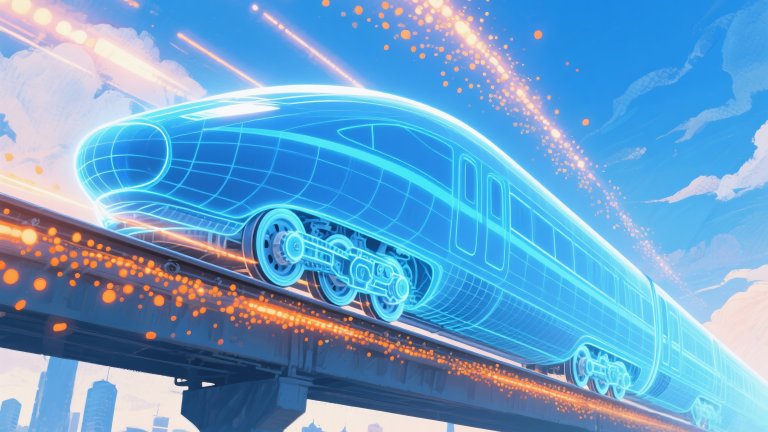
What is Railway IoT?
Bivocom Core Solutions for Railway IoT
Bivocom, as a leading provider of industrial IoT solutions, specifically specializes in high-quality cellular modems, routers, gateways, and IoT platforms. Additionally, our products hold multiple certifications; notably, they emphasize durability, reliability, and seamless connectivity. They are engineered for harsh industrial environments and, particularly, serve as the ideal solution for unique railway operation challenges.
Accordingly, the Bivocom Railway IoT Solutions directly address the sector’s unique challenges—including extreme environments, diverse legacy systems, high-speed data needs, and uncompromising safety requirements—with its TG465 5G edge gateway and TN531 high-precision GNSS receiver serving as the cornerstone. Furthermore, complemented by a suite of supporting products, these core components together enable end-to-end connectivity across the railway IoT ecosystem.
1. TG465 Programmable 5G Edge Gateway: The Railway Data Hub
Technical Parameters Tailored for Rail Scenarios
Real-World Railway Applications
- Intelligent Train Maintenance: 6 RS485 ports connect wheel vibration sensors (1kHz sampling), brake temperature sensors (±1℃ accuracy), and pantograph monitors.
- Station & Track Integration: Converts data from trackside sensors (Modbus RTU), switch systems (OPC UA), and catenary RTUs (IEC104) to MQTT for cloud upload (99.9% efficiency).
Quantifiable Outcomes
- Performance: Local fault detection accuracy (faster than cloud analysis); consequently reduced wiring complexity.
- Reliability: Lower failure rate in extreme temperatures; additionally, reliable connectivity in remote areas.
- Cost Savings: Lower station integration costs; moreover, 3-month shorter secondary development cycles (OpenWrt based Linux OS, C/C++, Python SDK; or Ubuntu, Docker container).
2. TN531 High-Precision GNSS Receiver: Centimeter-Accurate Spatial Intelligence
The TN531 delivers centimeter-level positioning to monitor infrastructure stability and enable precise train control, critical for safety and efficiency in rail operations within the Bivocom Railway IoT Solutions portfolio.
Technical Parameters Tailored for Rail Scenarios
Critical Rail Applications
- Bridge & Track Deformation Monitoring: Deployed on bridge bearings, it monitors vertical deflection at 0.1mm resolution. Alerts trigger maintenance immediately when 3 consecutive readings show >5mm changes (e.g., post-storm settlement). On tracks, IMU fusion distinguishes “normal load deformation” from “abnormal settlement,” with <1% false alarms.
- Train Positioning & Scheduling: Provides 20Hz position/speed data to autonomous train ATO (Automatic Train Operation) systems, maintaining <30cm accuracy even during 30s tunnel GNSS outages via IMU. Furthermore, trackside TN531s (every 2km) enable cloud-based distance monitoring.
Quantifiable Outcomes
- Accuracy: Bridge deflection error reduced from ±5mm (manual) to ±0.5mm.
- Efficiency: Real-time automated tracking replaces monthly manual surveys, thereby saving money.
- Reliability: IP68 protection eliminates maintenance visits (vs. 4/year for IP65 devices). This is true even in local conditions with 500 mm of rainfall per month.
Together, the TG465 and TN531 form a powerful closed-loop system—unifying data flow and spatial precision to enhance railway safety, efficiency, and cost control worldwide.
3. Complementary Solutions for Full Coverage
- TD210 Industrial 4G Modem: Cost-effectively connects dispersed, low-data-rate sensors (e.g., point heaters, weather stations).
- TW820 LoRaWAN Gateway: Covers signal blind spots in deserts or mountains, subsequently linking sensors to form a “LoRa+5G” hybrid network.
The Impact of IoT-Rail Integration
The fusion of IoT and railways extends far beyond rail operations, consequently driving innovation across industries and shaping the future of smart mobility.
Cross-Industry Innovation
Technologies honed in the demanding railway environment are now transforming diverse sectors, proving their reliability and adaptability:
- Manufacturing: Railway predictive maintenance techniques (vibration analysis, real-time fault detection) from railways reduce unplanned downtime in auto factories.
- Transparent Logistics: Railway freight tracking tools, enhanced by secure data transmission, improve cross-border cold chain management and smart warehousing. As a result, this reduces cargo damage rates and accelerates sorting processes.
- Smart Cities: Railway communication tech (5G redundancy, reliable data platforms) optimizes urban systems, from synchronized traffic lights to smart streetlights, thereby boosting city efficiency.
- Healthcare & Emergency Services: The low-latency, high-reliability connectivity proven in railways now supports remote medical devices and disaster response systems, thus ensuring critical data flows uninterrupted in high-stakes scenarios.
Future Trends
- Deeper Tech Fusion: IoT will merge with AI, edge computing, and digital twins to enable fully automated decisions. For instance, from self-optimizing train speeds to AI-driven maintenance planning.
- Cross-Modal Connectivity: Railway data will integrate with road, aviation, and maritime networks to create seamless “door-to-door” travel experiences. Furthermore, hybrid networks will bridge communication gaps between different transport modes.
- Green & Autonomous Operations: Energy optimization will reduce carbon footprints, while self-driving trains and automated scheduling become mainstream.
- Ubiquitous Sensing: Sensors will cover every corner of rail networks, concurrently paired with 5G and satellite connectivity to eliminate blind spots.
Building the Future of Rail, Today
Bivocom mission centers on empowering railways to transcend traditional limits through industrial-grade IoT solutions. Moreover, our integrated ecosystem—specifically spearheaded by the TG465 edge gateway and TN531 GNSS receiver—delivers measurable gains: namely, higher maintenance efficiency, safety accuracy, and cost reduction. Meanwhile, as railways evolve into intelligent, sustainable mobility networks, Bivocom undoubtedly remains committed to providing the resilient connectivity and precision intelligence that turn predictive operations into reality. Above all, we engineer not just products, but the foundation for safer, smarter, and greener global transportation.
Join the Railway IoT Revolution
Bivocom’s 11+ years of industrial IoT expertise—trusted across 90+ countries. Whether you’re monitoring infrastructure health, automating train control, or upgrading aging infrastructure, deploying predictive maintenance systems, and building cross-border rail networks, we partner with you to engineer intelligence. Accordingly, collaborate with us through these approaches:
- Solution Piloting: Validate real-time fault detection/alert responsiveness in your operational environment.
- Co-Designed Networks: Architect terrain-specific monitoring systems combining LoRa, 5G, and satellite backhaul.
- Platform Integration: Visualize unified asset data through our IoT platform with railway-specific dashboards.
Ready to Accelerate Railway Intelligence?
Contact [email protected] for a complimentary railway IoT architecture assessment. With Bivocom Railway IoT Solutions, you adopt more than technology—you join a movement toward accident-resistant, self-optimizing railways. When tracks speak, our systems listen. When data flows, resilience thrives.
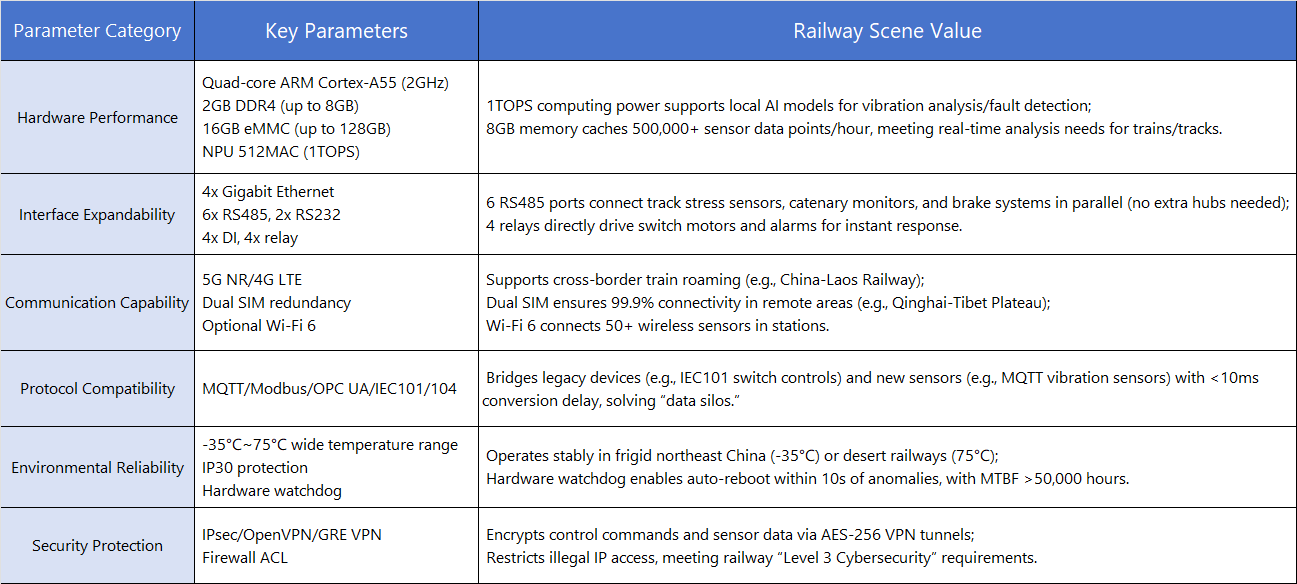
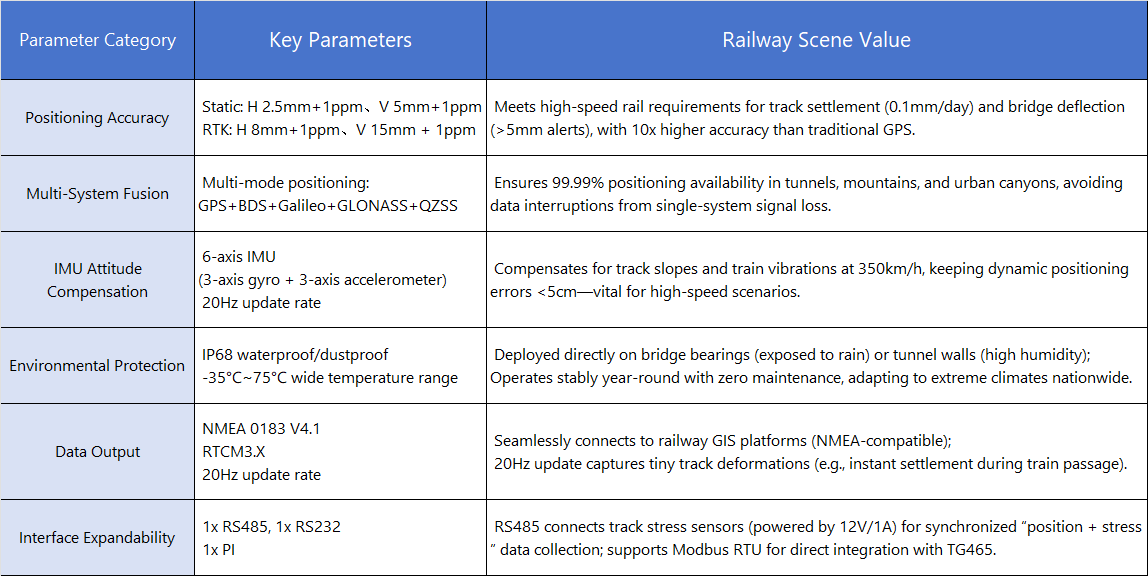
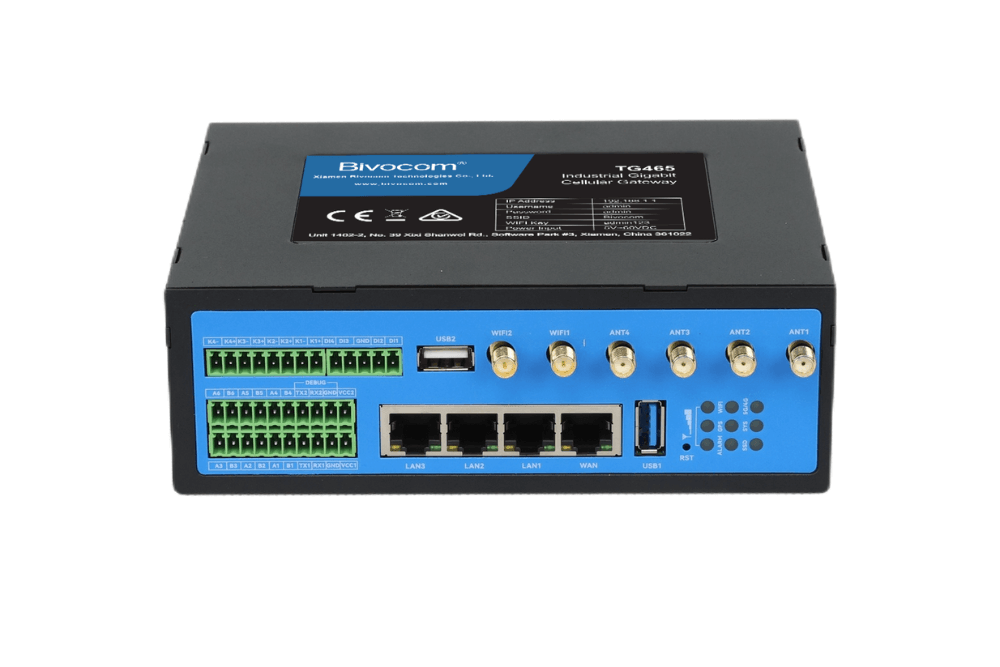

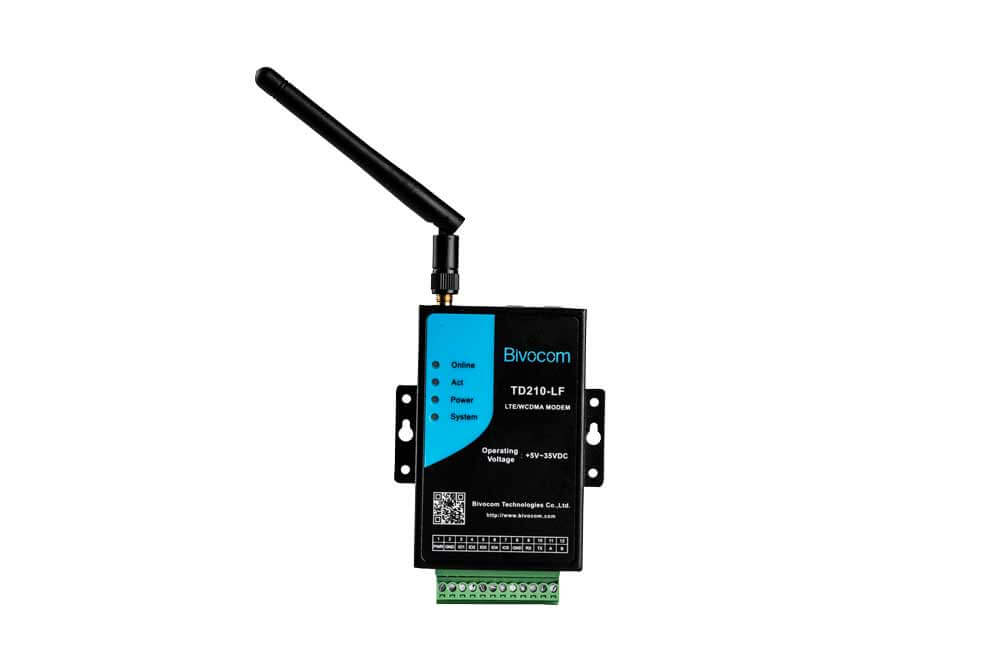
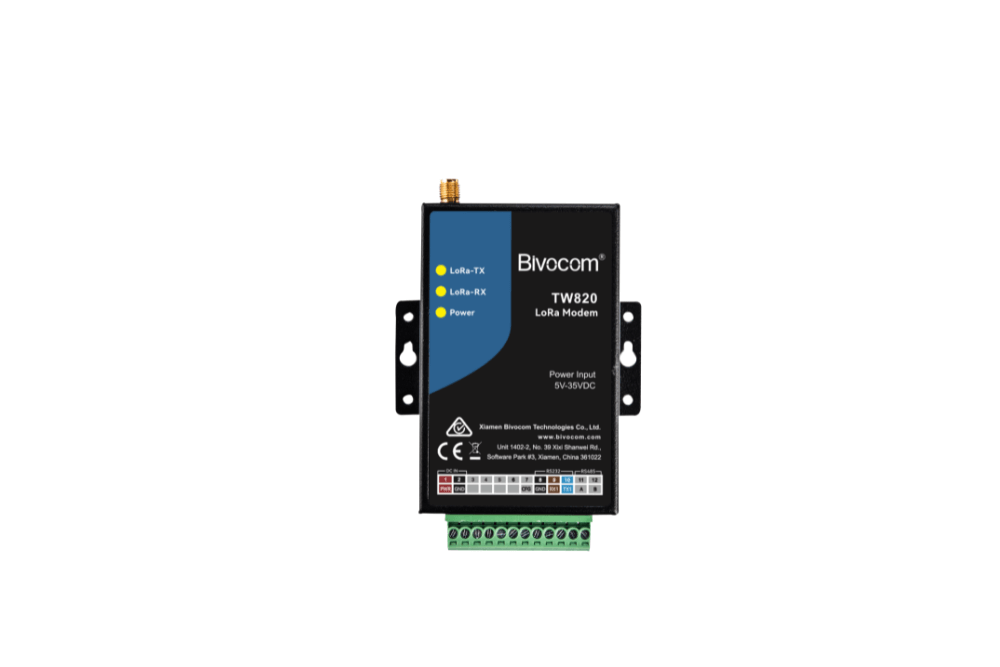


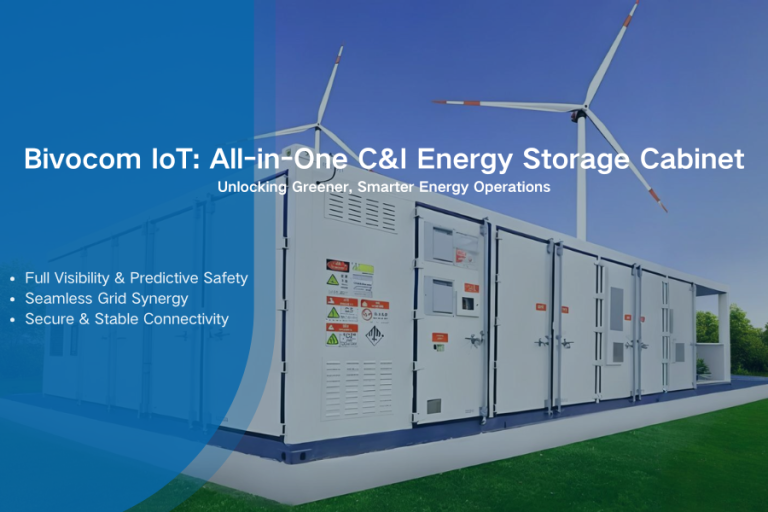
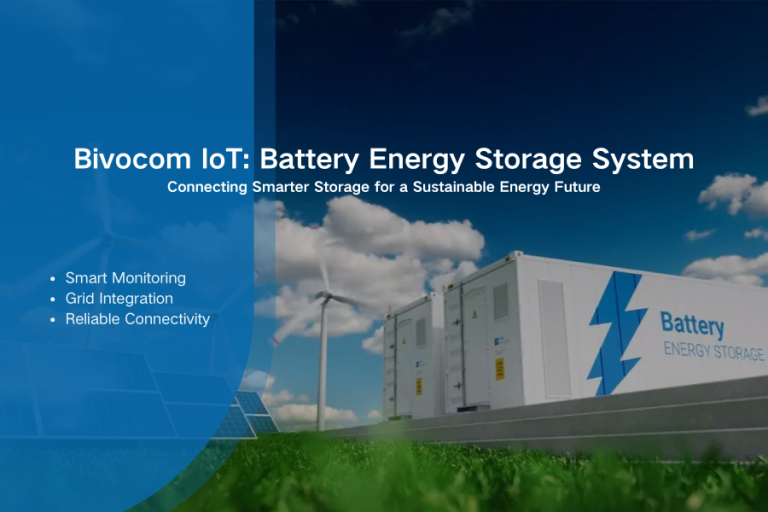
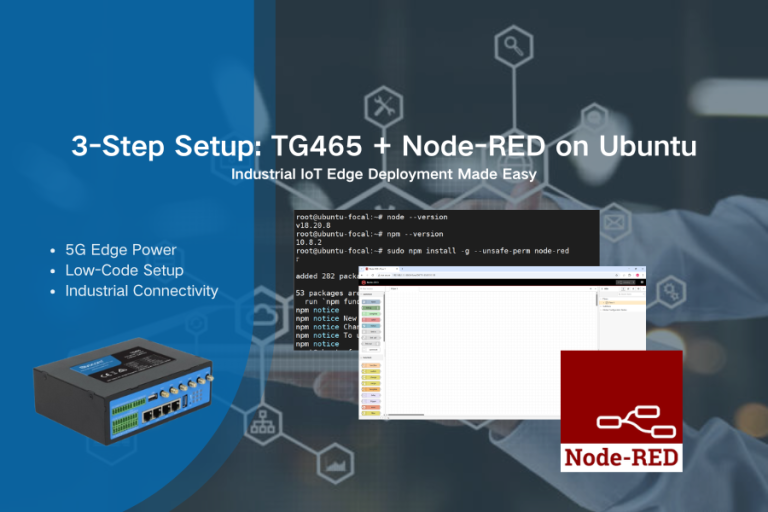
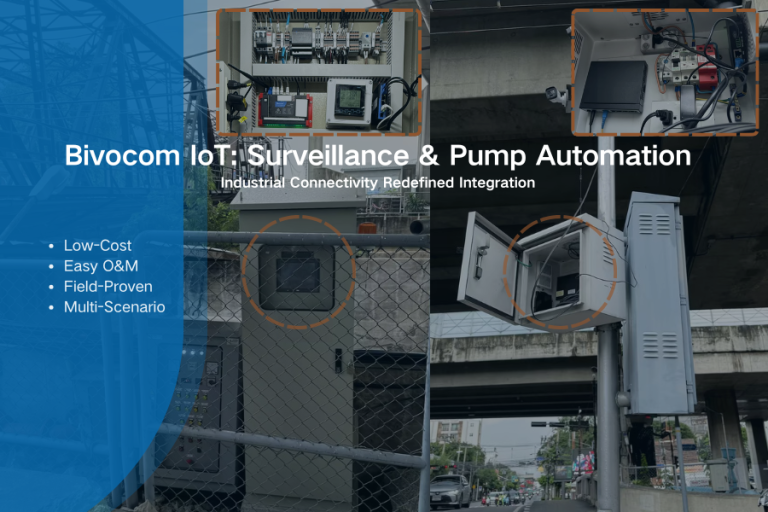
Comment